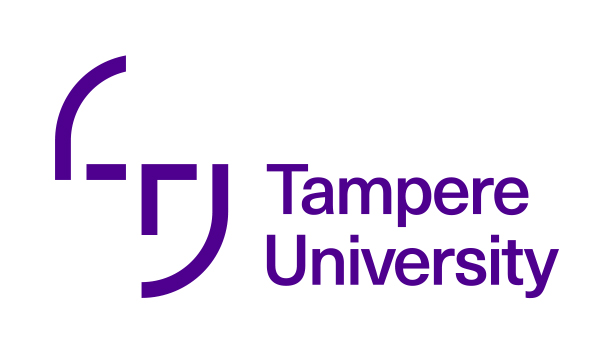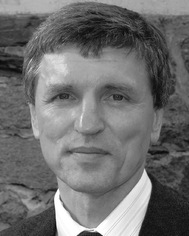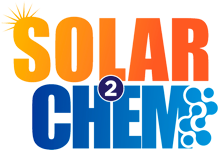

Prof. Nikolai Tkachenko is the leader of Chemistry and Advanced Materials (CAM) Group at the Laboratory of Chemistry and Bioengineering. He has more than two decades of expertise in photophysics and photochemistry of complex molecular systems, semiconductors, and hybrid organic-semiconductor nanostructures. He has authored a book on optical spectroscopy, co-authored more than 250 peer-review papers (h-index 40) and 7 book chapters. He has supervised 11 doctoral theses.
ResearcherID

Jokotadeola Adeoluwa Odutola, 26 years old was born in Lagos, Nigeria. She currently lives in Tampere, Finland where she works at Tampere University as ESR10 on the Solar2Chem Project.
She graduated with a BSc. (Hons) degree in Chemistry from Babcock University, Ilishan-Remo as top student in her faculty. During this time, she focused on the minimization of food waste and discovery of medicinal and/or food value from plants. Her bachelor project was the production of wine from three underutilized fruits which was ultimately patented with her former supervisor. She then moved on to the Erasmus master’s program in Surface, Electrochemistry, Radiation Chemistry and Photochemistry (SERP+). It was during this program that she developed an interest in photochemistry, nanochemistry and renewable energy technologies. Her Master’s thesis was on the formulation of nanoinks for inkjet printing and serigraphy on flexible substrates at Institut de Chimie Physique Orsay.
After her master’s degree, Jokotadeola pursued the Solar2Chem project because it was interesting challenge within the areas of physical chemistry which she had come to enjoy. It was also an opportunity to be involved in interdisciplinary and international collaboration to ensure successful transfer of new renewable energy technologies into real-world solutions. Within ESR10, her role is to determine rates, mechanisms and efficiencies of charge carriers within photoelectrodes and/or photocatalysts using time resolved laser technologies such as pump-probe spectroscopy and flash photolysis.
